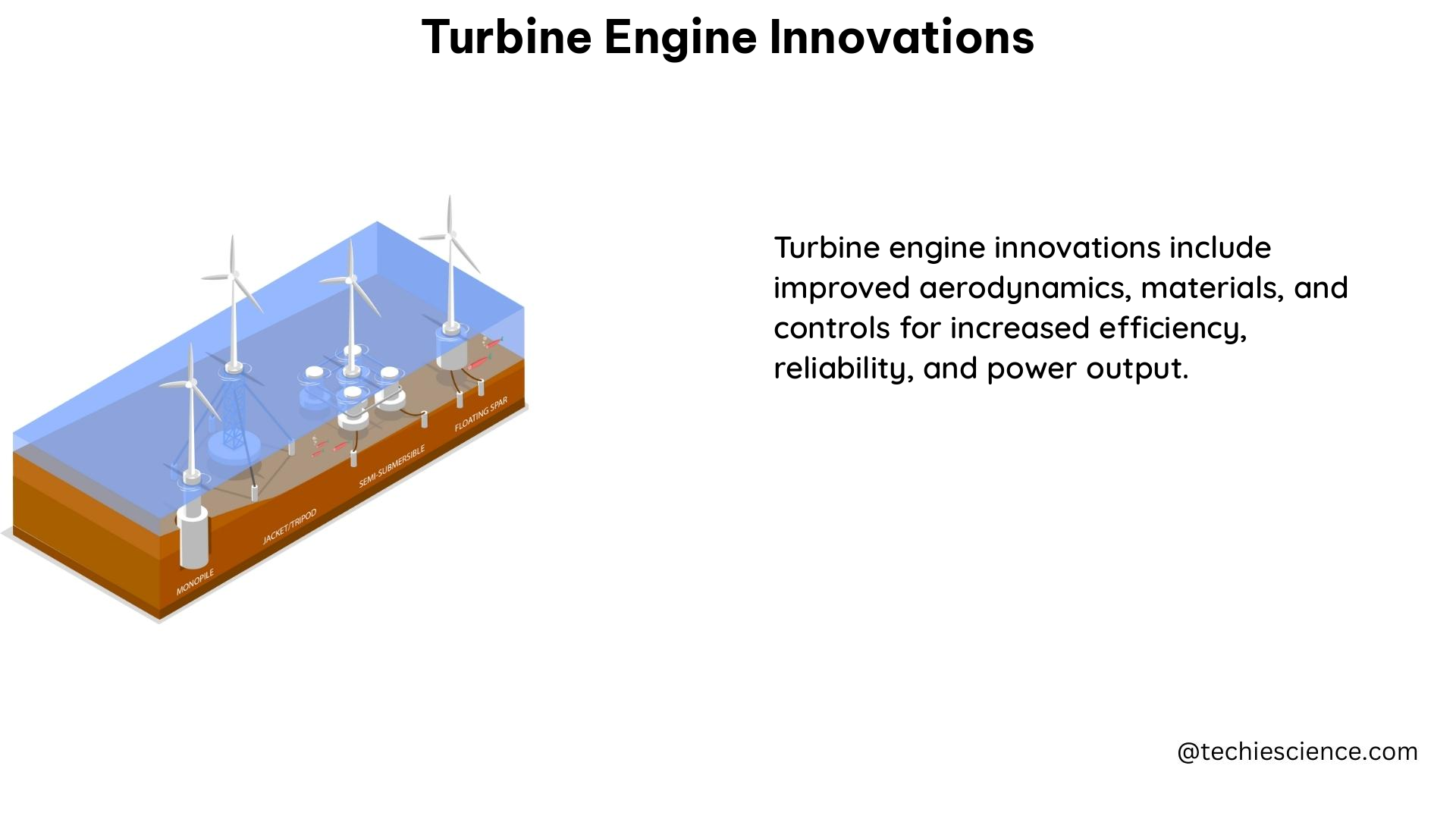The PurePower PW1000G geared turbofan engine, developed by Pratt & Whitney, is a notable example of innovation in turbine engine technology. This engine offers significant improvements in fuel economy, lower emissions, and engine noise, providing immediate benefits to the environment, engine and aircraft operators, and the general public.
Geared Fan Design
The PW1000G engine features a geared fan design, which allows the fan to spin at a slower speed than the low-pressure compressor. This innovative design results in:
- 15-20% reduction in fuel consumption and CO2 emissions
- 50% less regulated emissions (such as NOx)
- 75% reduction in noise compared to previous generation engines
The geared fan design is achieved through the use of a reduction gearbox, which decouples the fan speed from the low-pressure compressor speed. This allows the fan to operate at its optimal speed for improved efficiency, while the low-pressure compressor can run at a higher speed for better performance.
Engine Composition

The PW1000G engine is composed of 17 stages, including:
- Fan
- Fan case
- 3-stage low-pressure compressor
- Intermediate case
- 8-stage high-pressure compressor
- Diffuser and combustor
- 2-stage high-pressure turbine
- Mid-turbine frame
- 3-stage low-pressure turbine
- Turbine exhaust case (TEC)
The reduced number of stages, compared to previous engine designs, results in a significant reduction in the number of blades and vanes. This contributes to the engine’s efficiency and reliability, as there are fewer components that can potentially fail.
Awards and Recognition
The PW1000G engine has been recognized with several prestigious awards, including:
- 2009 “Best of What’s New Award” from Popular Science Magazine
- 2009 Aviation Week Laureate Award for outstanding achievement in Aeronautics and Propulsion
- 2008 Technology Breakthrough Award from the China Aviation Association and AVIC Science and Technology department
- In November 2011, TIME Magazine named the PW1000G engine as one of “The 50 Best Inventions of 2011,” describing it as “the most important development in aviation in 2011”
Environmental Impact
The PW1000G engine has a significant positive impact on the environment:
- Can cut carbon emissions by more than 3,000 metric tons
- Reduces NOx exhaust gases by 50% below CAEP/6 (Committee on Aviation Environmental Protection) standards
- Achieves a 50 to 75% reduction in operating noise
The noise reduction can translate to efficient aircraft flight paths, extended curfew operation, and quieter crew and passenger cabins for operators and aircraft maintenance technicians (AMTs). This means fewer restrictions on test cell operations and flight line trim runs, which could equate to a savings of about $1,000,000 per aircraft per year.
Technological Advancements
The PW1000G engine incorporates several technological advancements that contribute to its improved performance and efficiency:
- Aerodynamic Optimization: The engine’s fan, compressor, and turbine components have been optimized for improved aerodynamic efficiency, reducing losses and improving overall engine performance.
- Advanced Materials: The use of lightweight, high-strength materials, such as titanium and composite materials, has reduced the engine’s weight while maintaining structural integrity.
- Improved Cooling Techniques: Advanced cooling techniques, including the use of air-cooled high-pressure turbine blades, have enhanced the engine’s thermal efficiency and durability.
- Digital Engine Controls: The engine’s digital engine controls (DECs) provide precise control and monitoring of engine parameters, improving overall engine performance and reliability.
- Additive Manufacturing: The incorporation of additive manufacturing (3D printing) techniques has enabled the production of complex, lightweight engine components, further enhancing the engine’s efficiency and reducing maintenance requirements.
Conclusion
The PurePower PW1000G geared turbofan engine represents a significant advancement in turbine engine technology, offering substantial improvements in fuel efficiency, emissions reduction, and noise mitigation. The engine’s innovative design, advanced materials, and cutting-edge technologies have set a new standard for the aviation industry, providing tangible benefits to the environment, aircraft operators, and the general public.
References:
– Performance Measurement System and Quality Management in Data-Driven Industry 4.0, MDPI, 2016.
– Practical Techniques for Modeling Gas Turbine Engine Performance, NASA Technical Reports Server, 2016.
– Measuring Technological Change: Aircraft Turbine Engines, ScienceDirect, 1973.
– Turbine Technology: Innovations in Turbine Engines, Aviation Pros, 2012.
– A Holistic Methodology to Quantify Product Competitiveness and Define Innovation Requirements for Micro Gas Turbine Systems in Hydrogen-Based Energy Storage, ASME Digital Collection, 2022.

The lambdageeks.com Core SME Team is a group of experienced subject matter experts from diverse scientific and technical fields including Physics, Chemistry, Technology,Electronics & Electrical Engineering, Automotive, Mechanical Engineering. Our team collaborates to create high-quality, well-researched articles on a wide range of science and technology topics for the lambdageeks.com website.
All Our Senior SME are having more than 7 Years of experience in the respective fields . They are either Working Industry Professionals or assocaited With different Universities. Refer Our Authors Page to get to know About our Core SMEs.